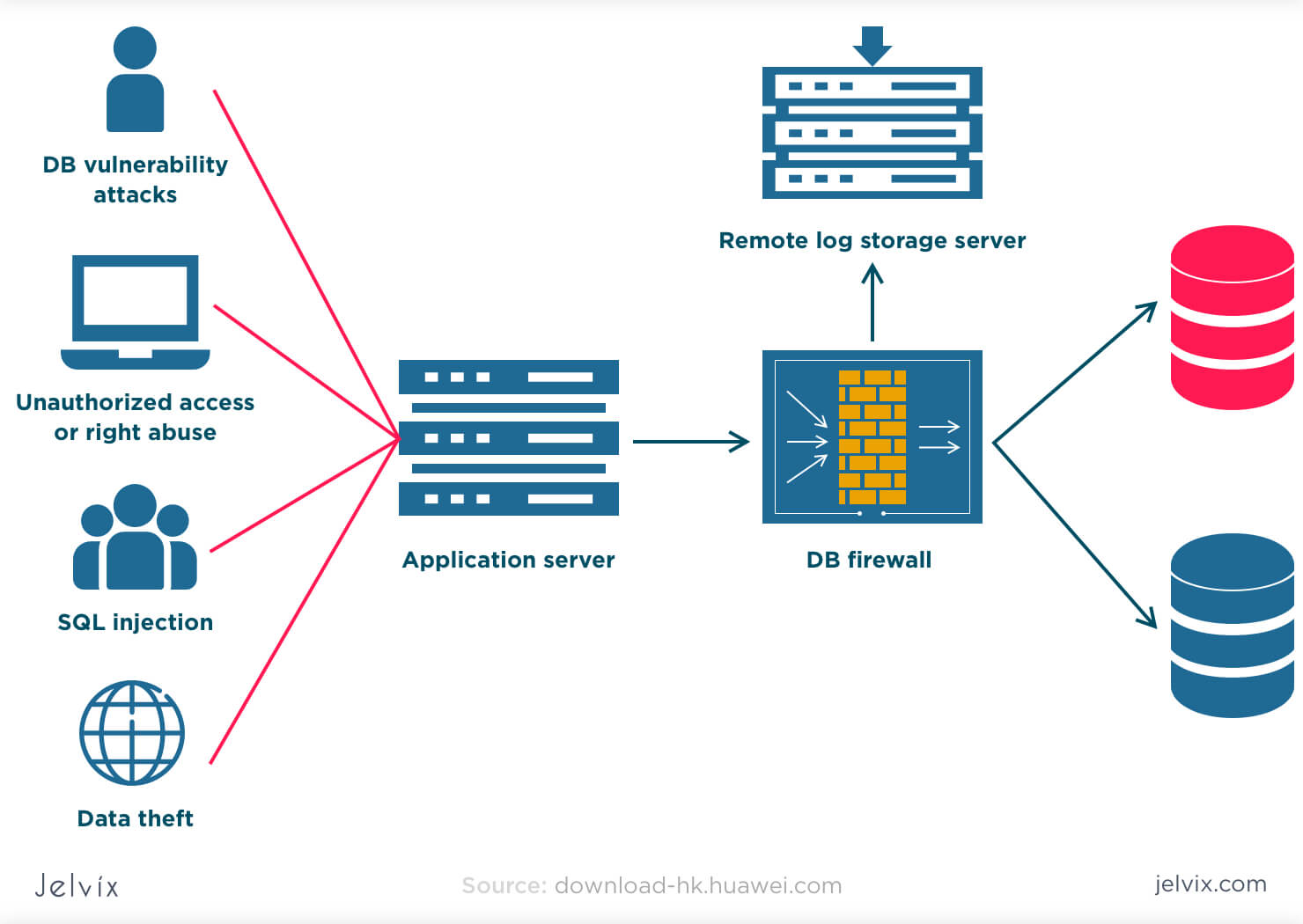Creating your own mobile app can be an exciting and rewarding endeavor. Whether you have a brilliant app idea or want to enhance your business presence, developing a mobile app can open up a world of possibilities. In this technical guide, we will walk you through the key steps to develop your own mobile app, providing valuable insights to help you succeed in the competitive mobile app market.
1. Define Your App Idea:
Before diving into app development, it’s crucial to have a clear understanding of your app’s purpose and target audience. Research existing apps in your niche, identify gaps, and brainstorm innovative features that will set your app apart.
2. Plan, Design, and Prototype:
Develop a comprehensive plan that encompasses the user experience (UX), app flow, and desired functionality. Create wireframes and mockups using design tools like Sketch, Adobe XD, or Figma. Prototyping tools such as InVision or Marvel can help you visualize the app’s flow and gather feedback before development begins.
3. Choose the Right Platform:
Decide whether you want to develop for iOS, Android, or both. Each platform has its own programming languages and development frameworks. iOS apps are typically built using Swift or Objective-C, while Android apps use Java or Kotlin. Cross-platform frameworks like React Native or Flutter can be cost-effective options, allowing you to develop for both platforms simultaneously.
4. Set Up Your Development Environment:
Install the necessary software development kits (SDKs), integrated development environments (IDEs), and other tools required for app development. Xcode is the IDE for iOS app development, while Android Studio is the recommended IDE for Android development. Make sure to configure your development environments correctly.
5. Start Coding:
Begin by writing the code for the core functionality of your app. Break down your app’s features into smaller modules and implement them one by one. Use a version control system like Git to track changes and collaborate with a team if applicable.
6. Test, Test, Test:
Thoroughly test your app on various devices, operating systems, and screen sizes to ensure a seamless user experience. Debug any issues and optimize app performance. Automated testing tools like Appium or XCTest can help streamline the testing process.
7. Add Essential Features:
Enhance your app’s functionality by integrating features like user authentication, push notifications, in-app purchases, or social media sharing. Use relevant APIs (Application Programming Interfaces) provided by various platforms to implement these features effectively.
8. Design and User Interface (UI):
Pay close attention to the visual design and UI elements of your app. Create a visually appealing and user-friendly interface that aligns with your app’s branding and target audience. Use design resources like Material Design (for Android) or Human Interface Guidelines (for iOS) to create consistent and intuitive UI.
9. Secure Your App:
Implement security measures to protect user data and prevent unauthorized access. Use encryption for sensitive information and implement secure authentication methods. Regularly update your app with the latest security patches and fixes.
10. Publish Your App:
Once your app is thoroughly tested and ready for launch, it’s time to submit it to the respective app stores. Follow the guidelines provided by the Apple App Store or Google Play Store to ensure your app meets all the necessary requirements. Prepare engaging app screenshots, compelling descriptions, and relevant keywords to optimize your app store listing.
11. Gather User Feedback and Iterate:
After your app is live, actively seek user feedback and reviews. Listen to your users’ suggestions and address any issues or bugs promptly. Continuously update your app with new features and improvements based on user feedback to keep your audience engaged.
Developing your own mobile app requires careful planning, technical knowledge, and attention to detail. By following this technical guide, you’ll be well-equipped to create a successful app that meets the needs of your users and stands out in the competitive app market. Remember, the journey of app development is an iterative process, so stay committed, learn from your experiences, and continuously improve your app to achieve long-term success.











